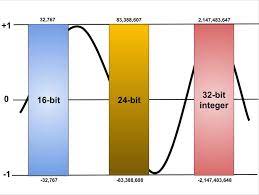How to Use the Equivalent of the “ls” Command in Windows

If you’re a frequent user of Linux or Unix operating systems, you’re likely familiar with the “ls” command. This handy tool allows you to view a list of files and directories in the current directory. However, if you’ve recently made the switch to Windows, you may be wondering how to achieve the same functionality. Fortunately, there are a few different ways you can use the equivalent of the “ls” command in Windows.
1. Use the “dir” command
The most direct way to replicate the functionality of “ls” in Windows is to use the “dir” command. This will display a list of all files and directories in the current directory. To use the “dir” command, simply open a Command Prompt window and type “dir” followed by the return key.
2. Install Windows Subsystem for Linux
If you’re coming from a Linux or Unix background, you may be interested in using the actual “ls” command in Windows. One way to achieve this is by installing the Windows Subsystem for Linux (WSL). This feature allows you to run a Linux-based command line interface within Windows, including the “ls” command.
To install WSL, open the Windows Features dialog by searching for “Turn Windows features on or off” in the Start menu. In this dialog, check the box next to “Windows Subsystem for Linux” and click OK. Once installed, open a Command Prompt window and execute the “bash” command to access the Linux command line.
3. Use PowerShell
PowerShell is a command-line interface developed by Microsoft, primarily for use in Windows system administration tasks. It offers a range of commands and utilities that can be used to replicate the functionality of “ls” and other Unix commands. To use PowerShell, simply open a PowerShell window and type “Get-ChildItem” followed by the return key. This will display a list of all files and directories in the current directory.






